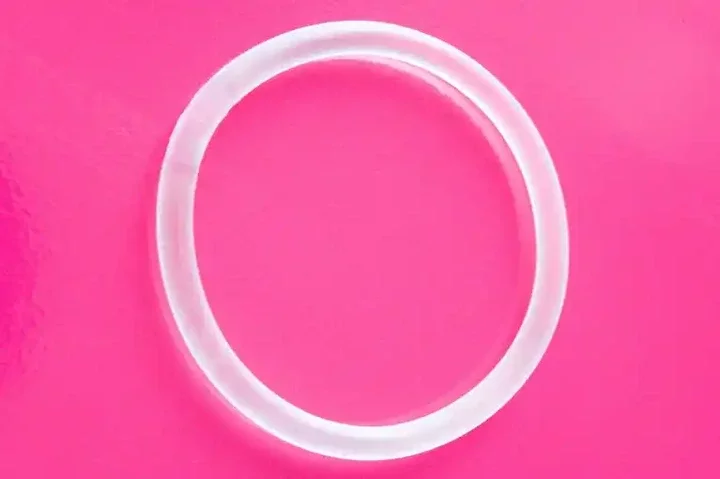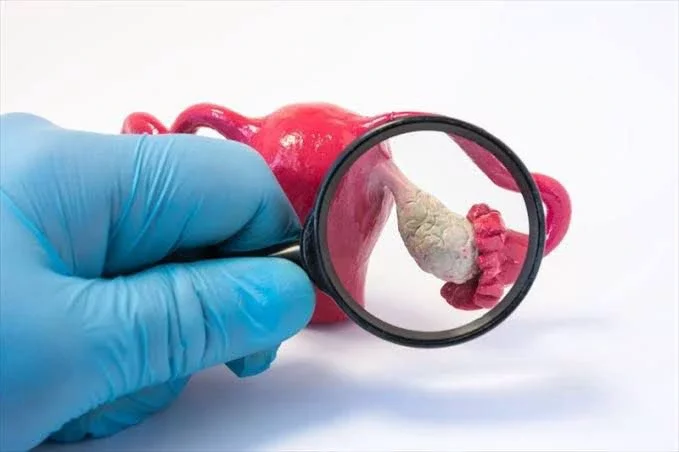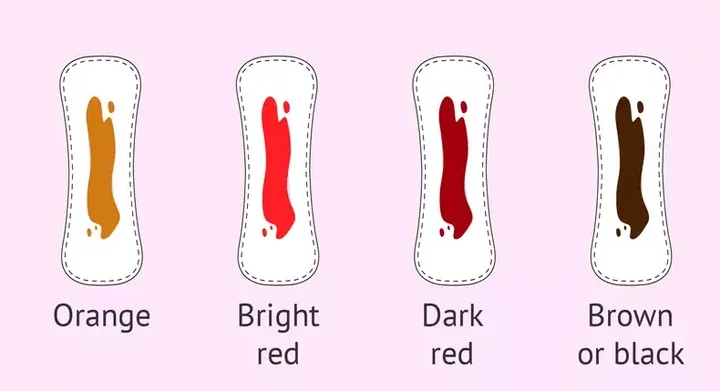The vaginal ring (NuvaRing) is a small soft, plastic ring that you place inside your genital.
It releases a continuous dose of the hormones oestrogen and progestogen into the bloodstream to prevent pregnancy.

At a glance: facts about the female genital ring
1. If used correctly according to NHS, the genital ring is more than 99% effective.
2. One ring provides contraception for a month, so you don't have to think about it every day.
3. You can continue to have intercouse when the ring is in place.
4. Unlike the pill, the ring still works if you have sickness (vomiting) or diarrhoea.
5. The ring may ease premenstrual symptoms, and bleeding will probably be lighter and less painful.
6. Some women have temporary side effects, including more genital discharge, breast tenderness and headaches.
7. A few women develop a blood clot when using the ring, but this is rare.
8. The ring can sometimes come out on its own, but you can rinse it in cold or warm water and put it back in as soon as possible.
9. It doesn't protect against sexually transmitted infections (STIs), so you may need to use condoms as well.
How the ring works
The ring steadily releases the hormones oestrogen and progestogen into your bloodstream, which prevents the release of an egg each month.
It also thickens the cervical mucus, which makes it more difficult for sperm to move through the cervix, and thins the lining of the womb so a fertilised egg is less likely to implant itself.
When it starts to work
You can start using the vaginal ring at any time during your menstrual cycle if you're not pregnant.
The standard way to use the ring is you leave it in for 21 days, then remove it and have a 7-day ring-free break. You're protected against pregnancy during the ring-free break. After the 7-day break you then put a new ring in for another 21 days.
You can also choose to have a shorter ring-free break or not to have a break at all. This is as safe and effective as the standard use.
You'll be protected against pregnancy straight away if you insert it in the first 5 days of your period (the first 5 days of your menstrual cycle). Talk to a doctor or nurse about whether you need additional contraception if you have a very short cycle or an irregular cycle.
If you start using the ring at any other time in your menstrual cycle, you'll be protected against pregnancy as long as you use additional contraception (such as condoms) for the first 7 days of using it.
If you are switching from another type of contraception (excluding condoms) or you have taken emergency contraception recently, the advice on when to start using the ring and how soon you'll be protected may be different.
Talk to a doctor or nurse about the best time to start using the ring and whether you need to use additional contraception. They can also give you advice on how to insert and remove it.


















Comments